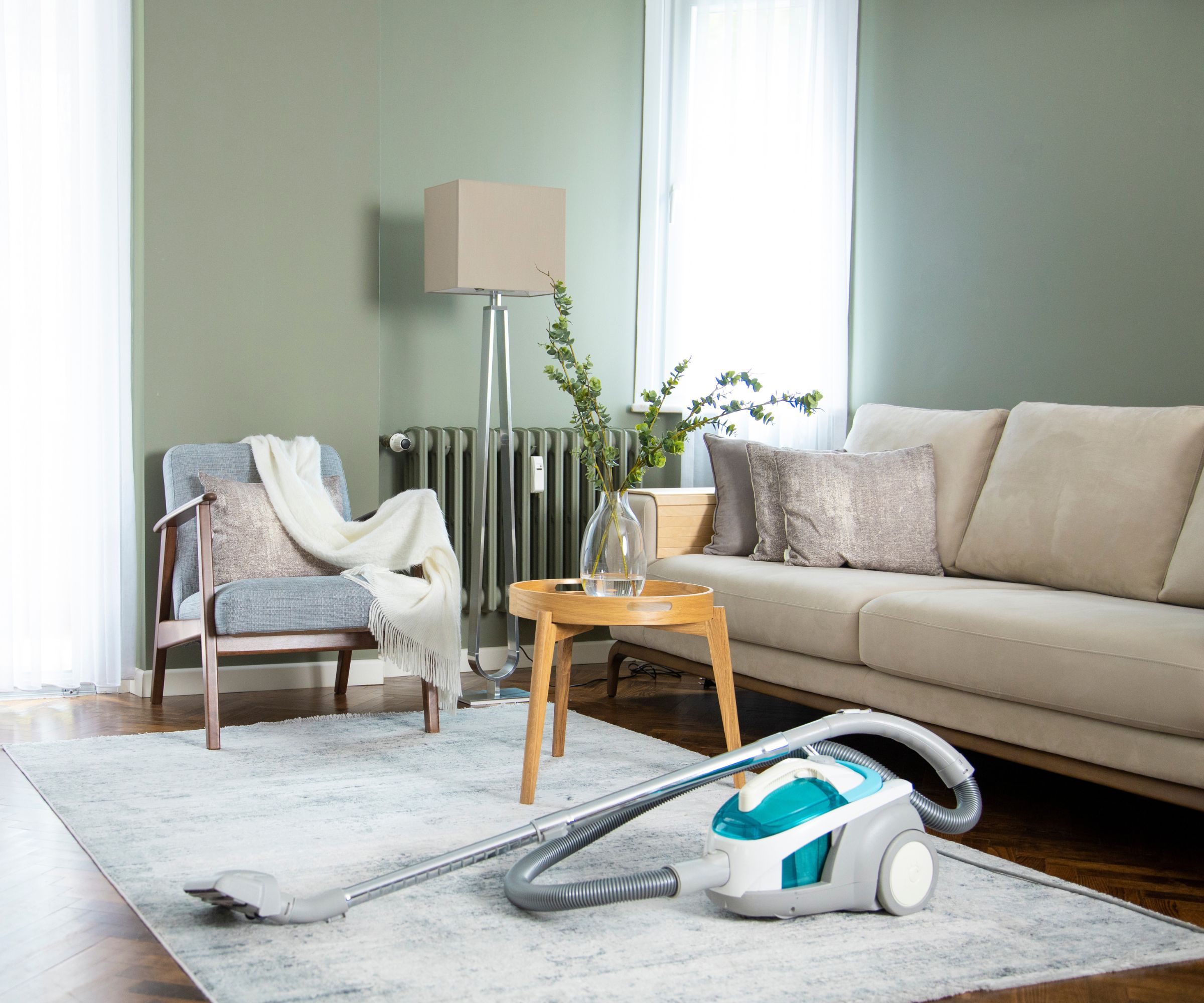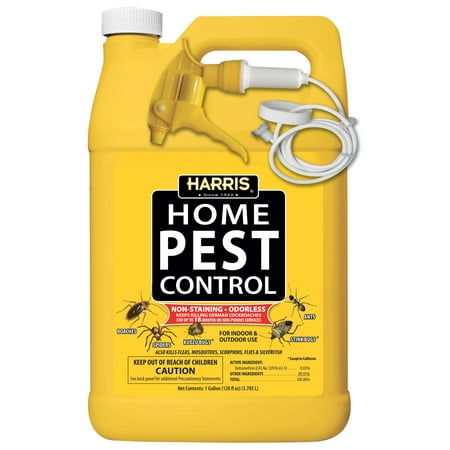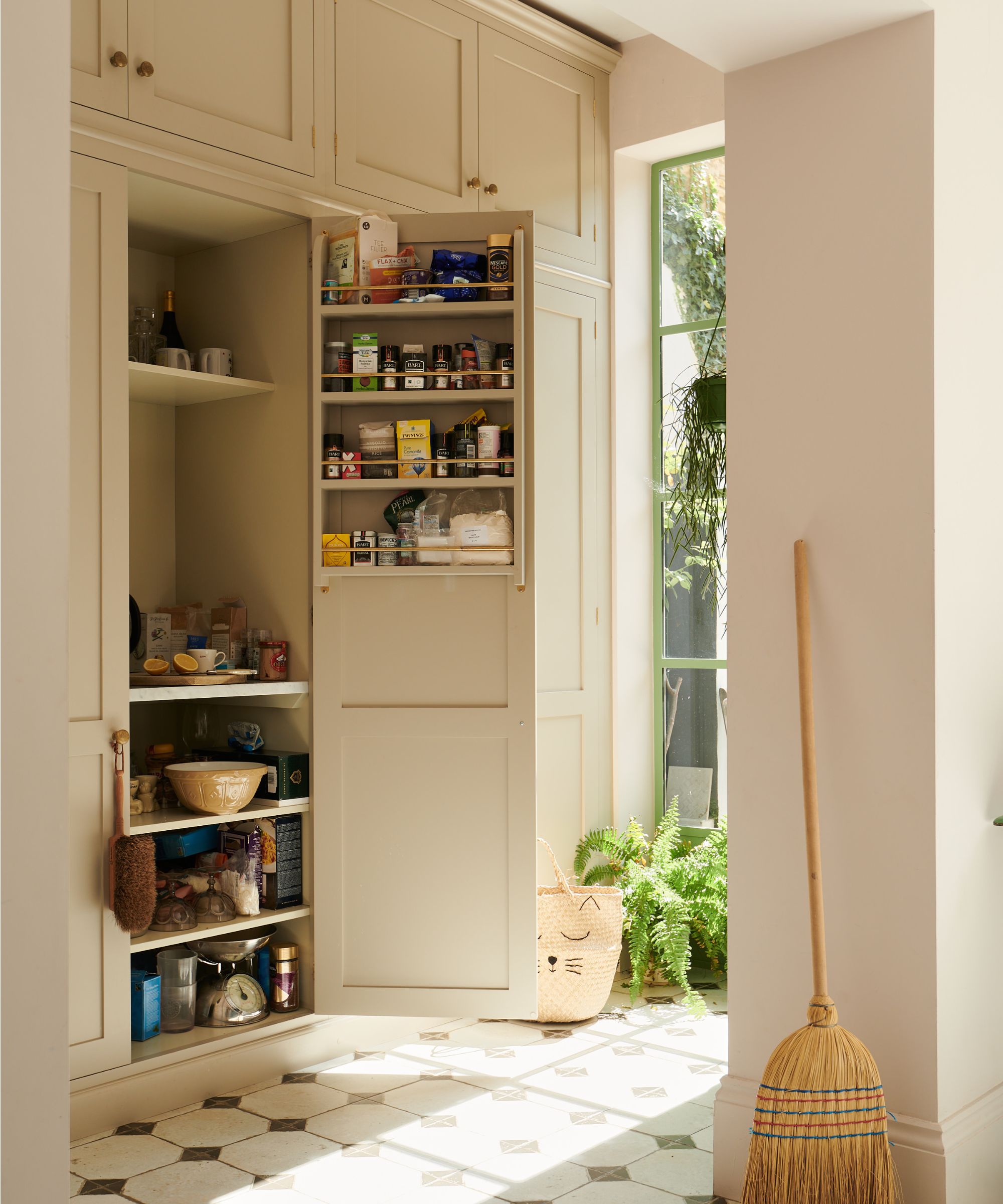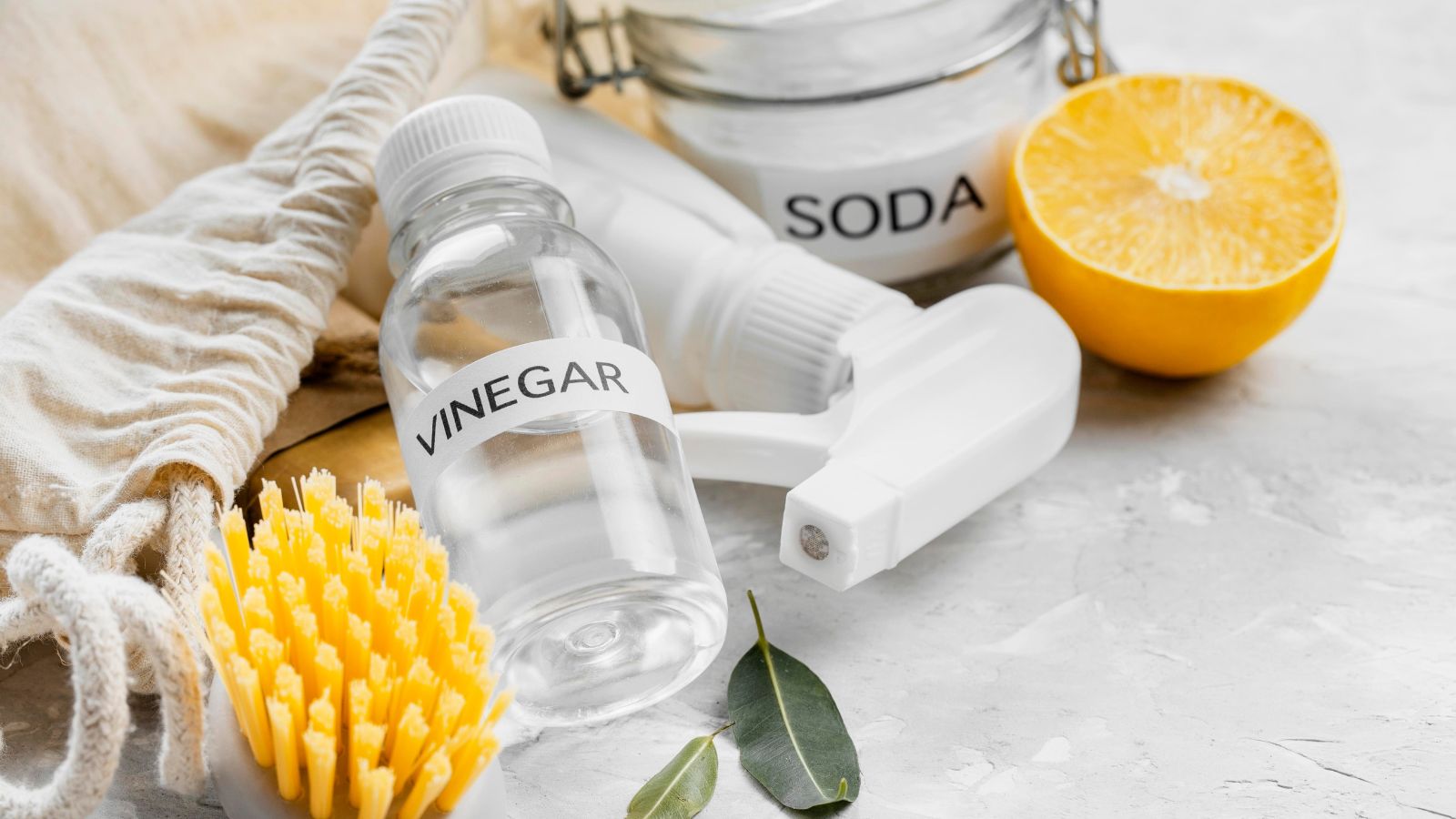Exterminators reveal what to always do after you've vacuumed a pest problem
These key actions will help you avoid further infestation

Having a vacuum cleaner on hand when dealing with a pest problem can be a huge savior. Rather than having to manually clear away countless insects, our vacuums can do the work for us, all whilst sucking them into a handy sealed container.
But even the best vacuum cleaners might not be completely airtight. After vacuuming pests, there are some absolutely essential steps you must then take to avoid them from re-entering your home, or wreaking havoc elsewhere, exterminators say
With the many common pests to watch out for this fall, here's everything you need to know about vacuuming pests, and every step you must take afterwards.
What to do after vacuuming pests
1. Empty the vacuum outside

'Empty that vacuum outside immediately,' advises Garrett Thrasher, co-owner and general manager at Thrasher Pest Control. Unless you want pest eggs to hatch indoors again, this is always the first precaution to take.
Our pros strongly advise keeping the contents sealed to avoid further infestation, when getting rid of pill bugs indoors, for example, or any other kind of pest.
'Always empty it outside in a sealed bag before putting it in a trash can outdoors,' recommends Rocky Beninato, founder of Quality Affordable Pest Control. This will prevent vacuumed-up pests from re-entering your home.
James Agardy, associate certified entomologist and technical and training manager at Viking Pest Control, explains why this step is so important. 'While the force of getting tumbled around inside the vacuum will kill most insects, you never want to dispose of the debris in an interior trash receptacle because any insects that were not killed could escape the garbage can and potentially infest a new area.'
2. Clean the vacuum's dustbin
If your vacuum uses bags (rather than a dustbin you empty yourself), simply dispose of the dust bag immediately after vacuuming. Vacuum bags typically utilize tight seals so you can throw them in the outdoor trash bin without having to seal them yourself.
But if yours has a dustbin, you'll need to thoroughly clean it after emptying. 'If your vacuum has a reusable canister instead of bags, use hot water and soap to clean it thoroughly before bringing it back inside,' Rocky recommends. Once cleaned, make sure to let it air dry completely before reattaching it to your vacuum.
Don't forget about the rest of the vacuum, either. Pests and their eggs will have travelled through your vacuum to get to the dustbin or bag, so make sure to thoroughly clean your vacuum cleaner by taking it apart and tackling every component.
3. Clean the affected area in your home

'Clean and sanitize the area just vacuumed to ensure any remaining debris or eggs are cleaned up,' advises Tyler Hawkins, regional field manager at Fox Pest Control.
Pests, their eggs and their droppings can often be microscopic and invisible to the naked eye, so doing this will ensure the area is truly pest-free. A pest infestation doesn't necessarily mean your home isn't clean, but cleaning all surfaces as thoroughly as you can will certainly help a resurgence.
To avoid them coming back in the future, it's also a smart idea to stock up on some active pest control solution, such as the Harris Home Pest Control from Walmart to protect your home from all sorts of pests and insects. This is particularly important for cockroach infestations, as there are even things that attract roaches to clean houses.

After properly removing the pests by vacuuming and deep cleaning your home, this 1 gallon liquid pest control cleaning solution will help to prevent the pests from coming back to your home. It comes with a spray nozzle to use easily on all non-porous surfaces.
4. Eliminate food sources
To keep those pests from coming back, you need to stop feeding them. Aside from hiding cheese from any mice (this, it turns out, is actually one of many pest control myths) – leaving food out and accessible to pests will keep them coming back.
There are eight steps to pest-proofing your pantry, but the main objective is to keep food in airtight (or vacuum-sealed) containers, and make sure the surrounding area is clean, dry, and contains natural pest repellents.
5. Seal any entrances
Finally, sealing any cracks around the house will prevent pests from re-entering your home. 'Look for cracks or crevices where the pest may have entered the home and seal those areas with caulking or something similar,' says Tyler.
Whether it's openings in the walls or doors that aren't properly sealed, pests can find their way in through the smallest of gaps. You can find caulk and sealants of all types at Home Depot, so that pests don't have an easy path into your home anymore.
Next, find out the five telltale signs that you have mice, and for the garden, consider these natural pest control methods.
Sign up to the Homes & Gardens newsletter
Design expertise in your inbox – from inspiring decorating ideas and beautiful celebrity homes to practical gardening advice and shopping round-ups.

Dan is the Home Tech Editor for Homes & Gardens, covering all things cleaning, smart home, sound and air treatment across the Solved section. Having worked for Future PLC since July 2023, Dan was previously the Features Editor for Top Ten Reviews and looked after the wide variety of home and outdoor content across the site, but their writing about homes, gardens, tech and products started back in 2021 on brands like BBC Science Focus, YourHomeStyle and Gardens Illustrated.
They have spent more than 200 hours testing and reviewing vacuums for Homes & Gardens, and have even visited Dyson's engineering labs for the full low-down of the ins and outs of our trusty cleaners.
Dan has a BA in Philosophy and an MA in Magazine Journalism. Outside of work, you'll find them at gigs and art galleries, cycling somewhere scenic, or cooking up something good in the kitchen.
-
 Zooey Deschanel and Jonathan Scott's breakfast nook is an innovative, effective use of kitchen space – it turns a 'dead area' into a cafe-style corner
Zooey Deschanel and Jonathan Scott's breakfast nook is an innovative, effective use of kitchen space – it turns a 'dead area' into a cafe-style cornerJonathan and Zooey have situated an eccentric yet elegant dining area in what may have been an otherwise underused corner
By Hannah Ziegler Published
-
 6 things you should never throw in the trash – and what to do for safe disposal instead
6 things you should never throw in the trash – and what to do for safe disposal insteadFrom batteries to space heaters, experts reveal what not to throw
By Andy van Terheyden Published
-
 I'm a board-certified entomologist and this is the one rodent infestation control mistake I urge you to avoid at all costs – you'll regret it deeply
I'm a board-certified entomologist and this is the one rodent infestation control mistake I urge you to avoid at all costs – you'll regret it deeplyDon't put your health or home at risk
By Daniel Baldwin Published
-
 5 non-toxic mothball swaps that work – ditch chemicals and that horrible odor with these simple but effective alternatives
5 non-toxic mothball swaps that work – ditch chemicals and that horrible odor with these simple but effective alternativesThey'll protect your clothing and closets from moths without harsh chemicals
By Chiana Dickson Published
-
 5 non-toxic pest control essentials proven to prevent pests humanely – and why avoiding harsh chemicals is a must to keep your family healthy
5 non-toxic pest control essentials proven to prevent pests humanely – and why avoiding harsh chemicals is a must to keep your family healthyNatural pest repellents are more affordable, too
By Chiana Dickson Published
-
 6 hidden places pests love to harbor their young – pest control experts reveal how to stop colony growth in your home
6 hidden places pests love to harbor their young – pest control experts reveal how to stop colony growth in your homeYou can stop pests breeding in your home
By Andy van Terheyden Published
-
 How to keep stink bugs out of the house – according to entomologists
How to keep stink bugs out of the house – according to entomologistsSeal gaps, reduce plants, and use deterrents, pest experts recommend
By Ottilie Blackhall Published
-
 How to get rid of pill bugs inside your house and banish them for good
How to get rid of pill bugs inside your house and banish them for goodThough harmless, you won't want a pill bug infestation inside, entomologists warn
By Ottilie Blackhall Published
-
 How to get rid of mice in the attic – banish these pesky invaders for good with these top tips from pest control pros
How to get rid of mice in the attic – banish these pesky invaders for good with these top tips from pest control prosFrom what draws them in to how to get them out – experts reveal everything you need to know about dealing with mice in the attic
By Andy van Terheyden Published
-
 Does vinegar kill ants? Pest control pros reveal relying on this pantry staple is a big mistake
Does vinegar kill ants? Pest control pros reveal relying on this pantry staple is a big mistakeVinegar could cause a bigger pest problem
By Chiana Dickson Published